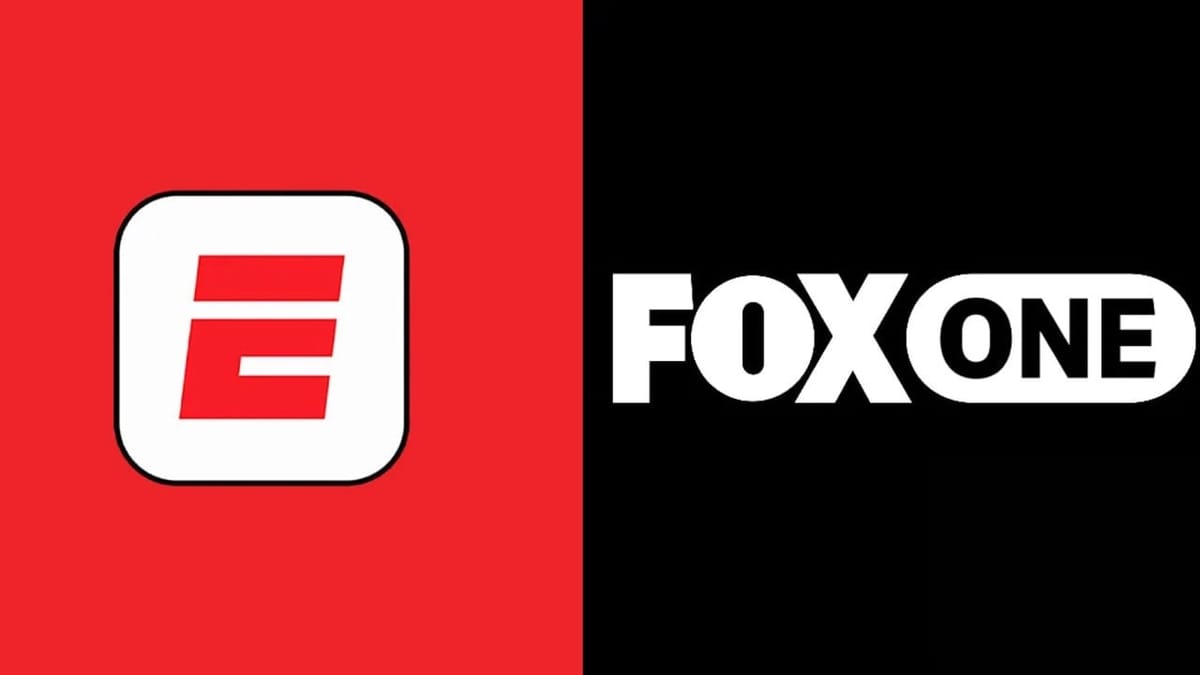Sports streaming is reaching standing-room only
ESPN and Fox are both launching major new streaming services on August 21. Here's how their offerings stack up—and what it means for fans, subscriptions, and the future of live sports.

ESPN and Fox just pulled the streaming equivalent of showing up to the group chat with matching save-the-dates.
Yesterday, ESPN revealed its flagship streaming service will go live on August 21—the exact same date that Fox is launching its new “Fox One” streaming service.
Both services include a boatload of content
ESPN’s new direct-to-consumer offering, ESPN, whose name was apparently chosen by George Foreman (who named all his sons George Foreman), features two plans:
- A $30/month unlimited subscription that features all of ESPN’s live games—including newly acquired WWE content—along with programming from its other networks like ESPN2, the SEC Network, and ESPN on ABC. Current ESPN cable subscribers will have access to this plan at no additional cost.
- A $12/month select subscription, which is just ESPN+ under a different name. All ~25 million current ESPN+ members will automatically be transitioned to this subscription.
- These offerings will soon be bolstered by the new ESPN-NFL deal, under which ESPN receives rights to the NFL Network, NFL RedZone, and other NFL properties in exchange for the league taking a 10% stake in ESPN.
Meanwhile, Fox’s $20/month Fox One service will grant viewers direct access to its Sunday NFL coverage, Saturday college football content, MLB postseason games, and all other live sports or news on its broadcast and cable TV networks.
They’re joining a crowded market. Streaming services have multiplied in recent years, with subscriptions—sometimes multiple—now required to tune-in to key matchups. Watching every NFL game this season requires six-plus subscriptions, totaling ~$800–$1,500.
Big picture: US cable operators have relied on live sports to maintain subscriptions for years, as viewer interest in other programming has plummeted. But by the end of this month, sports fans will have two fewer reasons to keep paying for cable.


